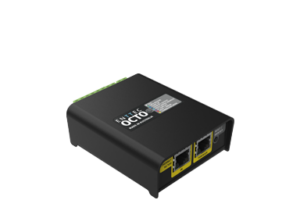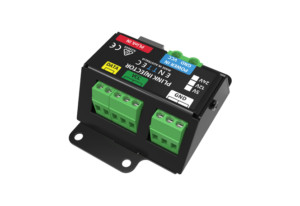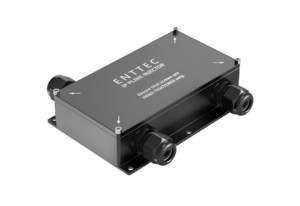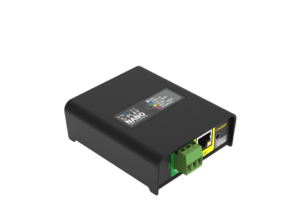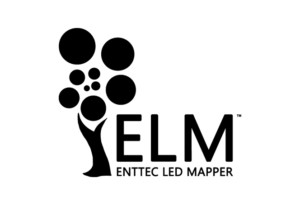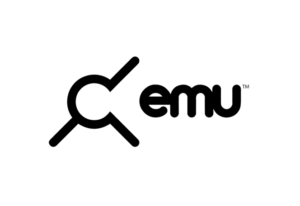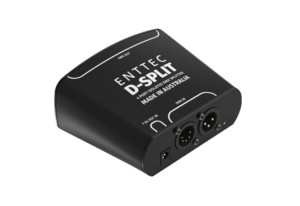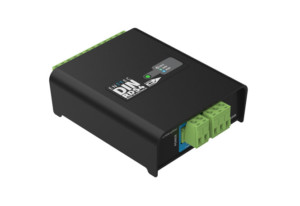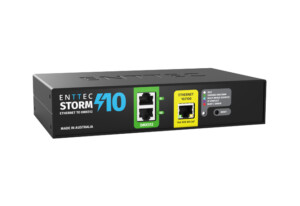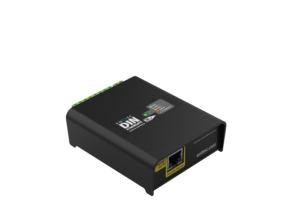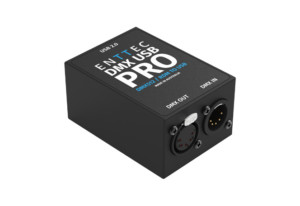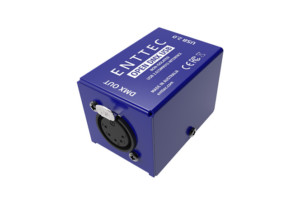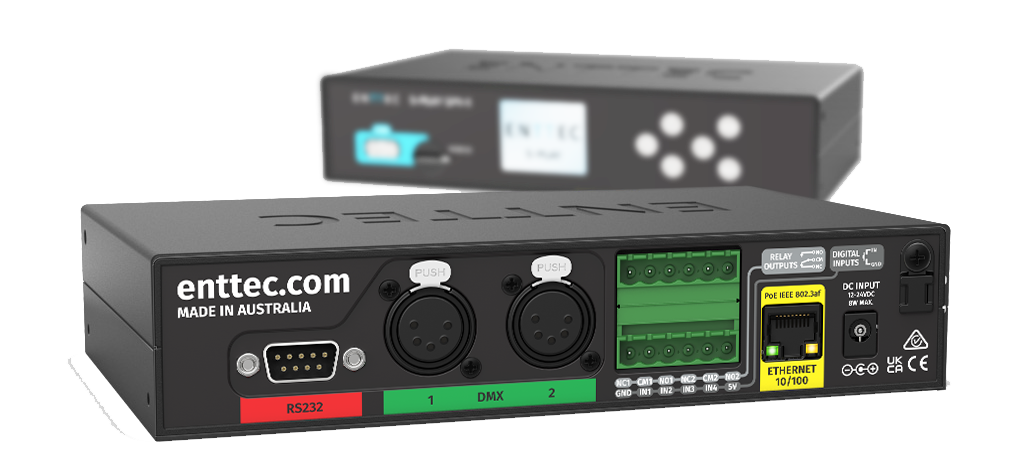There are thousands of pixel strips out there and knowing which one you need for your installation can seem like a daunting task. This article will go through the main differences between LED tape and what you should take into consideration when purchasing tape.
If you want to know what to know how spending more at the start could potentially save you hundreds click here and read our article about premium vs cheap LED tape and pixel dots.
Before we go to much further, it‘s worth noting that we aren’t going to cover everything in this article. If you are putting together an installation it’s up to you to make sure you‘re spec‘d everything properly and taken into account relevant safety needs. If you‘d like to purchase ENTTEC tape or controllers, we would be happy to help guide you through the process properly. Simply contact us here and let our team of experts help you with your project.
There are 2 main categories of tape, pixel tape, also known individually addressable tape, and constant voltage tape. Both of these tapes are described as LED tape, so it can get a little confusing sometimes.
Constant voltage tape
Constant voltage tape is the simplest tape because all lights on the strip will change colour or brightness in sync with each other.
Pixel Tape
Whereas pixel tape gives you the ability to change the colour or brightness of each pixel or group of pixels individually. This is where we will be focusing our attention in this article.
There are five main things to consider when you are purchasing LED tape for and installation:

Voltage
Let’s start with voltage. At ENTTEC we supply either 5- or 12-volt tape but 24-volt tape is available and we will explain why we don’t stock it shortly. 5-volt tape has 1 LED to 1 pixel resolution and is significantly brighter than 12-volt tape. However, it has a relatively short maximum run length before voltage drop becomes an issue around 5m, so it does require power to be injected more frequently increasing the space and budget required to power your installation. This is perfect for small installations that want to illuminate something such as an artistic floating light.
On the other hand, 12-volt tape is great if you have limited space or resources to power your installation. 12-volt tape typically only needs to be power injected every 8 meters with some of our tape extending up to 11.5 meters without needing a second power injection. This allows for longer runs and minimal power requirements, which saves time and money. This tape typically achieves this by grouping 3 LEDS into one pixel and basically lowering the resolution by 1/3. It is essentially the difference between HD vs Standard definition in video. However, we have created a 12-volt tape that has 1 pixel to LED, so you get the resolution of 5-volt tape with the long tape length of 12-volt tape. This tape is perfect for most installations because of the long run length off the one power supply and high resolution
There is a 24-volt version which based off this trend should be able to go about 15 meters without needing another power injection, but unfortunately that’s too good to be true. Lots of 24-volt strings usually need another power injection at about 10m which is the same as our 12-volt tape. Another downfall of 24-volt tape is that it is grouped into lots of 6 LEDs to one pixel which means the resolution is essentially dropped by one sixth which causes the appearance to be quite blocky. The one upside to 24-volt tape is that you can have the installation further away from the from the power supply, which in very niche case might be useful but not enough to make it a common product.
Protocol
Protocol is next to discuss, if you’re retrofitting into an existing pixel installation, protocol might be something you have to consider more carefully than if you are starting from fresh. If you’re refreshing old tape, or have a set of controllers left over from a previous installation you may need to pay more attention to the output protocols possible for your controller, this may mean your stuck with a smaller selection of tape if you need to use a specific controller.
The new ENTTEC OCTO Mk2 has a custom protocol feature that will make this aspect much simpler.
RGB vs RGBW
Now let’s talk about RGB vs RGBW. The most common would be RGB, where each LED is able to produce the colours red, green, and blue. When they are all on together, they produce white light. However, this requires the LED to be running at its maximum capacity, which means you’ll be using a lot of power. If your system is going to be playing a lot of white colour effects, or you want finer control over the white and even colours you are displaying, an RGBW strip is the best option. Each pixel here can still produce the standard red, green, and blue hues, but also has an additional dedicated white LED. This lets you have greater control over the colour temperature and brightness of the white you are displaying; it also lets you create more accurate pastels and simply widens the colour range you can product with your lights.
Pixels per meter
Another thing to consider is the number of pixels per meter. You can get 30 or 60 pixels per meter. The main obvious difference is that 30 pixels per meter has half the number of pixels per meter as the 60. But what does that actually mean? Well, if you had a limited number of universes due to your controllers then 30 pixels per meter allows you to cover a larger area with the same number of universes. It also means that you won’t need as many power injections. Because of this, you can save money, however you do compromise the appearance of your display because there are half the number of pixels, therefore the resolution is halved. 60 pixels per meter is the standard because it produces the best appearance and modern controllers allow you to control more and more universes so that limitation is less relevant.
Colour of the Tape
Something you might not have considered is the colour of the tape itself. This might not come to mind when thinking about LED tape but it can make a difference in the overall look of your project. You can get tape in either black or white strips. White strip is the standard and the white strips reflect more light out which means the light is slightly brighter. However, if you are using them in a black room, when off, they might stand out. Where the black strips are designed to prevent external light reflection concealing the workings on your installation when the display is switched off, they also dissipate heat from the LED chip more effectively due to emissivity. So, consider where the lights are going and see if black or white works best.
